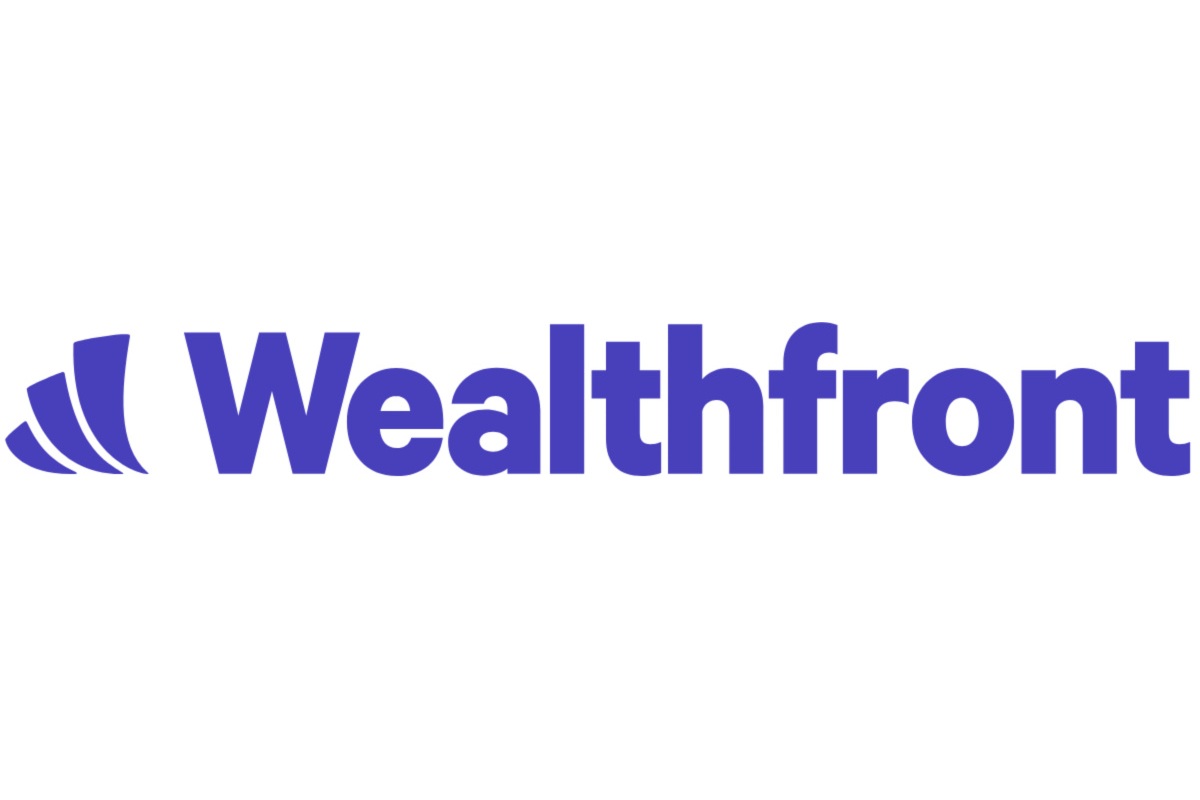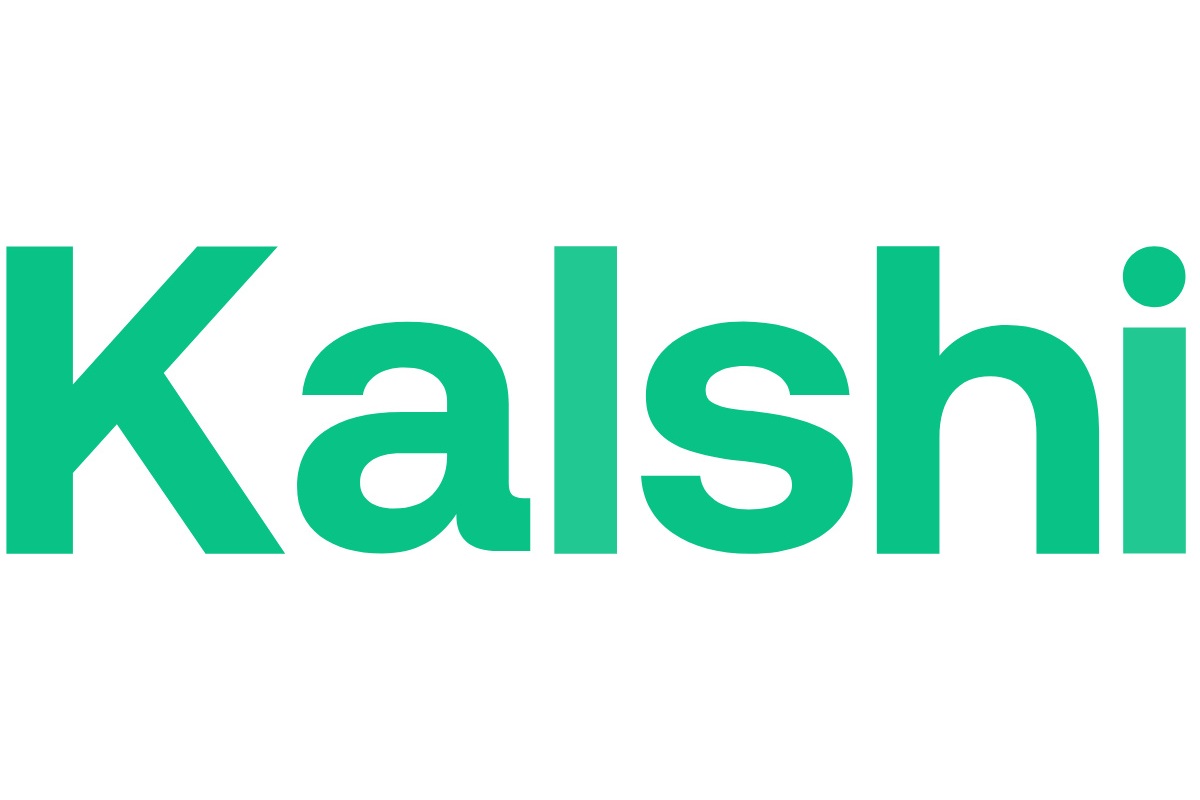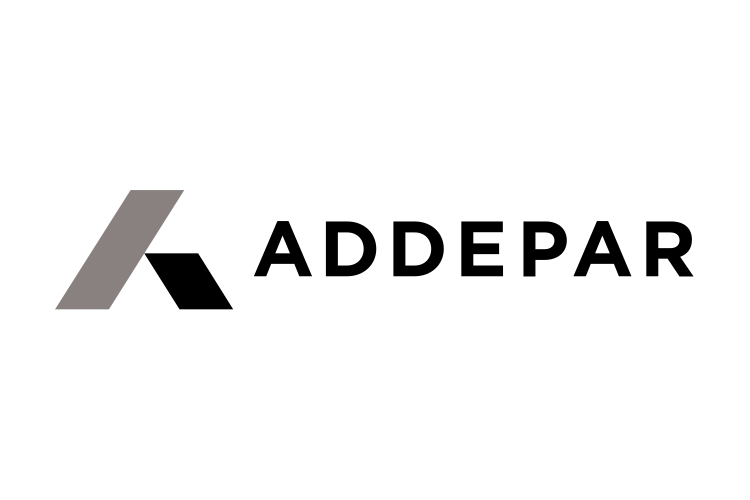Wealthfront IPO: Date, Final Terms, & How to Invest
This page contains links to our partners. We may be compensated when a link is clicked. Read the disclosures to learn more.

Explore opportunities to invest in the Wealthfront IPO. The Wealthfront IPO date is Friday, December 12th, 2025.
Invest in select upcoming IPOs at Moomoo, a top broker for retail IPO access.
Table of Contents
Notable Wealthfront News
12/02/2025: Wealthfront Sets IPO Terms
09/29/2025: Wealthfront IPO S-1 Filing is Live
06/23/2025: Wealthfront Confidentially Files for an IPO
09/02/2022: UBS and Wealthfront agree to terminate merger
Older news…
About Wealthfront
Wealthfront is a Palo Alto, California-based robo-advisor and financial planning platform that helps users grow and manage their money through low-cost, diversified portfolios and high-yield cash accounts.
It was founded in 2008 by Dan Carroll and Andy Rachleff and originally called KaChing, helping users mimic the strategies of professional investors. It pivoted to automated investment management and rebranded to Wealthfront in 2011.
Rachleff was a former venture capital investor at Benchmark Capital and shaped Wealthfront’s mission to democratize sophisticated financial advice through technology.
The robo-advisory service is the primary offering. The robo-advisor builds and manages investment portfolios using low-cost ETFs aligned to clients’ risk tolerance and investment objectives. The service costs 0.25% of invested assets annually.
It also offers high-interest cash accounts (FDIC-insured through more than two dozen partner banks), robo-financial planning, and tools to optimize tax-loss harvesting and direct indexing.
Wealthfront competes with firms like Betterment, Schwab Intelligent Portfolios, and fintech companies with similar products as secondary offerings.
But it differentiates itself through a sleek user experience, full automation, and a long-standing commitment to human-free advisory services, aiming to serve digital-native customers who prefer software over face-to-face advice.
Check out my recent podcast episode on the Wealthfront IPO:
IPO Terms
- Wealthfront IPO Date: Friday, December 12th, 2025
- Stock Symbol: “WLTH”
- Exchange: Nasdaq
- Offering: 34,615,384 (21,468,038 new shares, 13,147,346 selling shareholders)
- Initial IPO Price Range: $12-$14 per share
- Raise: ~$484 million (~$300 million raise, ~$184 million to selling shareholders)
- IPO Valuation: Up to ~ $2.5 billion
- IPO Access: TBD
- IPO Roadshow
- Lead Underwriters: Goldman Sachs, JPMorgan
Wealthfront S-1 Filing
Here is the S-1 filing dated December 2nd, 2025, including the updated IPO terms.
See the latest S-1 filing on the SEC website.
Ownership
Wealthfront is a venture-backed startup, counting several venture capital firms and high-profile entrepreneurs as investors. The founders and employees make up the balance of equity holders.
Venture capital investors include UBS, DAG Ventures, Benchmark, Index Ventures, Greylock, Ribbit Capital, SK Ventures, Spark Capital, Dragoneer, Marissa Mayer, Kevin Rose, Paul Kedrosky, Mark and Ali Pincus, Alison Rosenthal, Marc Andreesen, Jeff Jordan, and Tim Ferriss.
Valuation
The latest confirmed Wealthfront valuation is $1.4 billion based on the Series F funding round that closed in November 2021.
The IPO filing dated December 2nd disclosed the company aims to raise money at about a $2.5 billion valuation.
Other brokers in the space have varying valuations and scale. Wealthfront is more of a niche robo-advisor than mainstream discount broker.
As of December 2nd, 2025, here is a competitive analysis of public brokers and their market caps:
- Robinhood — $115 billion
- SoFi — $36.5 billion
- eToro — $3.5 billion
- Webull — $4 billion
The company has raised about $300 million in private funding, and aims to raise more than $300 million in the IPO.
IPO Potential
The Wealthfront IPO date is Friday, December 12th, 2025. The deal will price the evening before, Thursday the 11th.
The company announced that it filed confidentially for an IPO on June 23rd, 2025, and released its filing to the public on September 29th. It updated IPO terms on December 2nd.
The company is approaching two decades of operations. Multiple fintechs launched successful IPOs in the first half of 2025, showcasing a public appetite for new public financial companies.
Combined with a stabilized business model, Wealthfront is poised to move forward with its public listing.
Wealthfront and UBS announced merger plans in January 2022 at the tail end of the 2021 fintech frenzy. The parties agreed to terminate the deal in September 2022.
We’ll get clues about a potential IPO date when we learn about the hiring of investment banks or when reporting discloses an estimated IPO date timeline.
How to Invest in Wealthfront Stock
Most investors cannot own Wealthfront stock via pre-IPO investing platforms because they require the investor to be accredited.
When the Wealthfront IPO date arrives, it will still be difficult for most investors to acquire IPO shares.
The most likely way for investors to own Wealthfront stock is to wait for the IPO and purchase shares after it goes public. There may be other opportunities to own the stock before the IPO.
Here are some potential options to own Wealthfront stock before, during, and after the IPO.
1. Participate in the Wealthfront IPO through a broker
When a company goes public, investors can buy the stock during the IPO at the IPO price.
Wealthfront does not offer IPO access to customers, though it may find a way to deliver shares to customers through an IPO offering.
If it can, that would be a great way to engage customers, turning them into loyal long-term shareholders.
Before, only Wall Street’s top customers could invest in IPOs. But now, retail investors can access IPOs through participating discount brokers.
Some online brokers (listed below) allow investors to invest in IPOs for free, even if they have limited funds in their accounts.
Although these brokers often secure shares of high-profile deals, Wealthfront’s IPO is less likely because it would not want to align with competitors.
Check out this list of best brokers for IPO investing to learn more about IPO access for retail investors.
2. Buy the stock after the Wealthfront IPO
Waiting for the IPO has advantages, such as access to more established financials after the first quarter of trading. Pre-IPO investing has limited financials.
High-demand companies may have exaggerated valuations. Investors can benefit by attempting to sell near the peak, but may suffer when prices revert to fair valuations.
IPOs often start with high valuations, but stock prices may fall after the first and second-quarter earnings reports expose significant numbers and trends.
For example, in 2021, Rivian and Robinhood were high-flying IPO stocks but fell more than 80% below their peak stock prices just six months after their respective IPOs.
Stock price declines can be excellent entry points for recent IPO stock. Avoid buying overvalued shares immediately after the IPO due to lockup expirations and earnings disappointments.
Investor Takeaways
As Wealthfront prepares to enter the public markets, its business is proof of the viability of a fully automated, human-free wealth management model.
With nearly two decades of development behind it, the company has built a loyal user base and carved out a unique niche among digital-first investors who crave simplicity and low-cost automation, helping customers avoid the pitfalls of emotional investment decisions.
Questions remain about whether the company can scale in a competitive marketplace and attract high-net-worth investors without a large merger partner, such as UBS.
If the company proves it can sustain margins, it could evolve from a niche robo-advisor into a full financial platform for the next generation of investors.
The next chapter will depend on how effectively it transitions from private to public life, continued customer acquisition, and striking a balance between product innovation and public-market discipline.
Bookmark this article to monitor progress toward the Wealthfront IPO.
Wealthfront News Archive
01/26/2022: UBS agrees to acquire Wealthfront
04/02/2014: Wealthfront Raises $35M
12/15/2009: kaChing Raises $7.5 Million
Frequently Asked Questions (FAQs)

Craig Stephens founded Access IPOs in 2016 to help ordinary investors explore IPO and pre-IPO opportunities. He also manages the Access Club, a membership community for IPO and startup investors. Craig studied Finance at Michigan State University and lives in Northern Virginia. Learn more about Craig.
* This is a testimonial in partnership with Fundrise, Hiive, Robinhood, and other affiliate partners. We earn a commission from partner links on AccessIPOs.com. All opinions are my own. If you sign up with one of our partners through certain on this website, Access IPOs will be compensated at no additional cost to the reader. See the full disclosure here. Risk Statement: Access IPOs is for informational purposes only and does not recommend buying or selling any specific pre-IPO company, IPO, or public company. Investing in IPOs and pre-IPO startups involves significant risk. Do not invest in companies based solely on what is included in this article. Only invest in IPOs and pre-IPO companies with money you can afford to lose. Mentions of specific investments should not be construed as financial advice. Conduct personalized research and consider consulting with an investment advisor before investing. Disclosure: The author may hold an active or pending position in this company either directly or indirectly through an investment fund.






